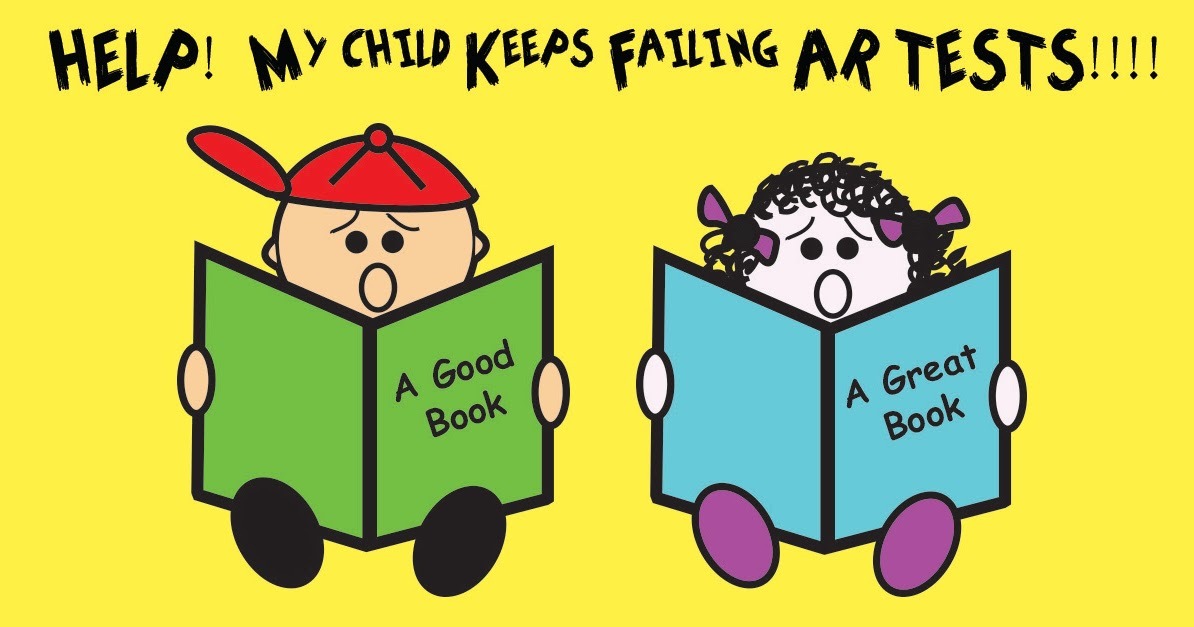Reading screening is important because it helps identify students who may be at risk for reading difficulties early—before those challenges become deeply ingrained and harder to address. Here are the key reasons why reading screening is critical:
1. Early Identification of Struggling Readers
Reading screening can detect early signs of reading problems (like dyslexia or decoding issues) in kindergarten or even preschool.
The earlier issues are identified, the more effective interventions tend to be.
2. Targeted Support and Intervention
Screening results help educators tailor instruction and provide targeted interventions based on each student’s specific needs.
It ensures that time and resources are directed where they’re needed most.
3. Improved Long-Term Academic Outcomes
Reading is foundational for success across all subjects. Students who struggle with reading often fall behind in other areas like math, science, and social studies.
Early screening improves the odds of catching up and achieving grade-level proficiency.
4. Reduces Future Educational Costs
Addressing reading difficulties early is more cost-effective than remediation in later grades, which often requires more intensive and prolonged support.
5. Supports Equity
Screening helps uncover reading issues in all students, including those who might otherwise be overlooked due to language barriers, quiet behavior, or socioeconomic status.
6. Guides Instructional Planning
Teachers can use screening data to inform groupings, instructional strategies, and classroom interventions.

